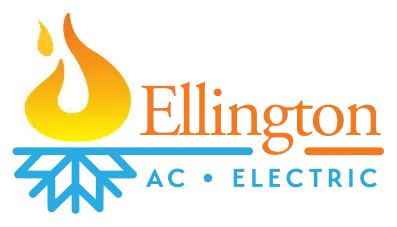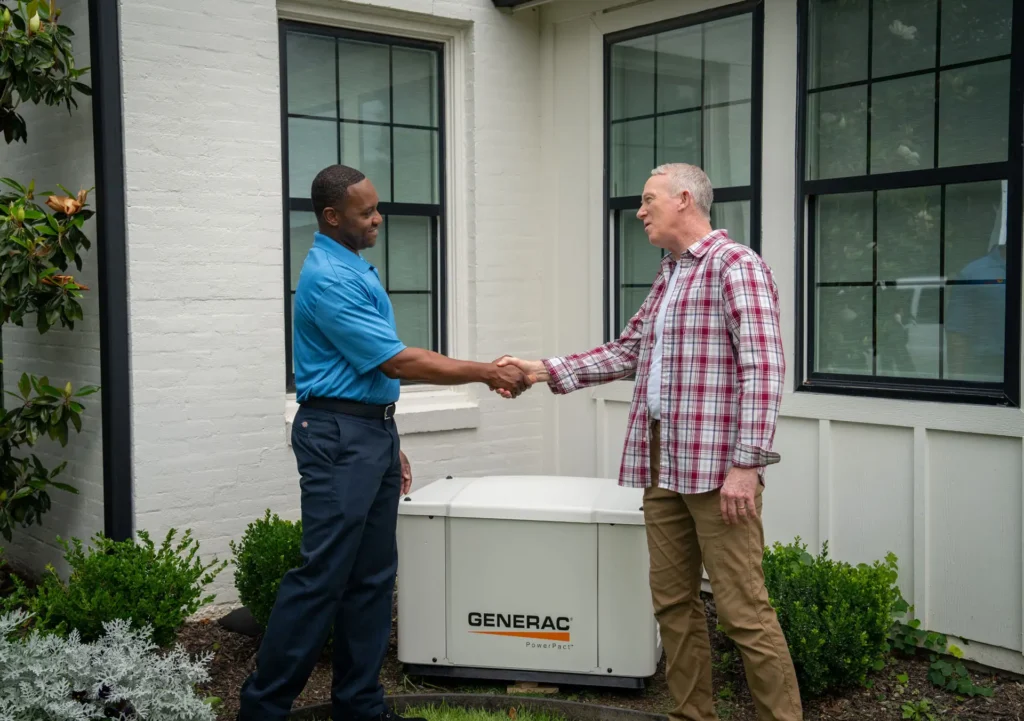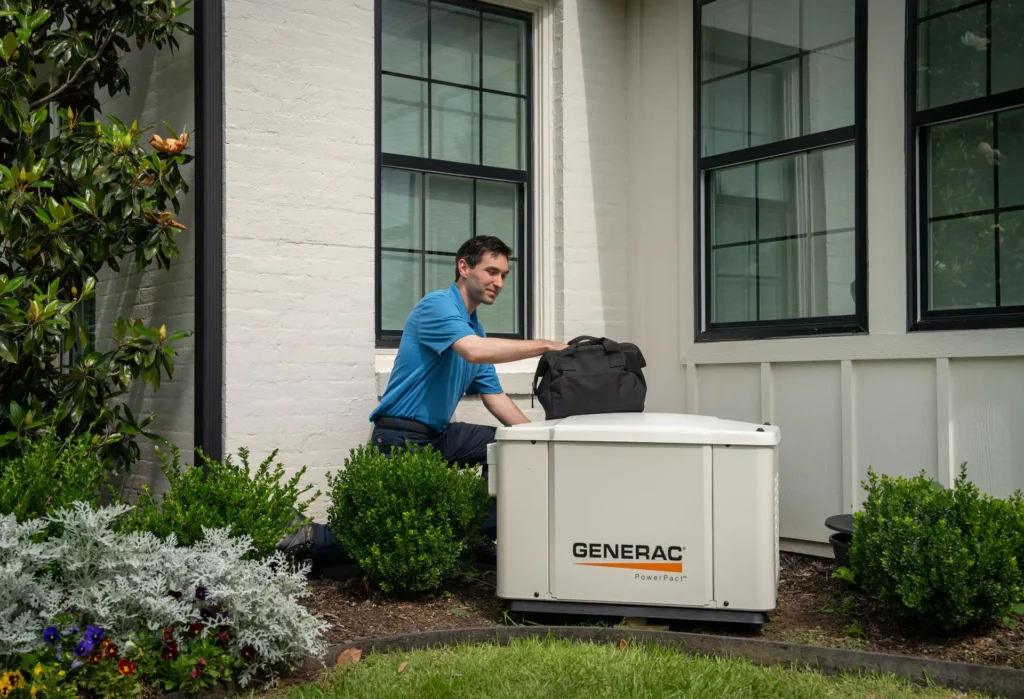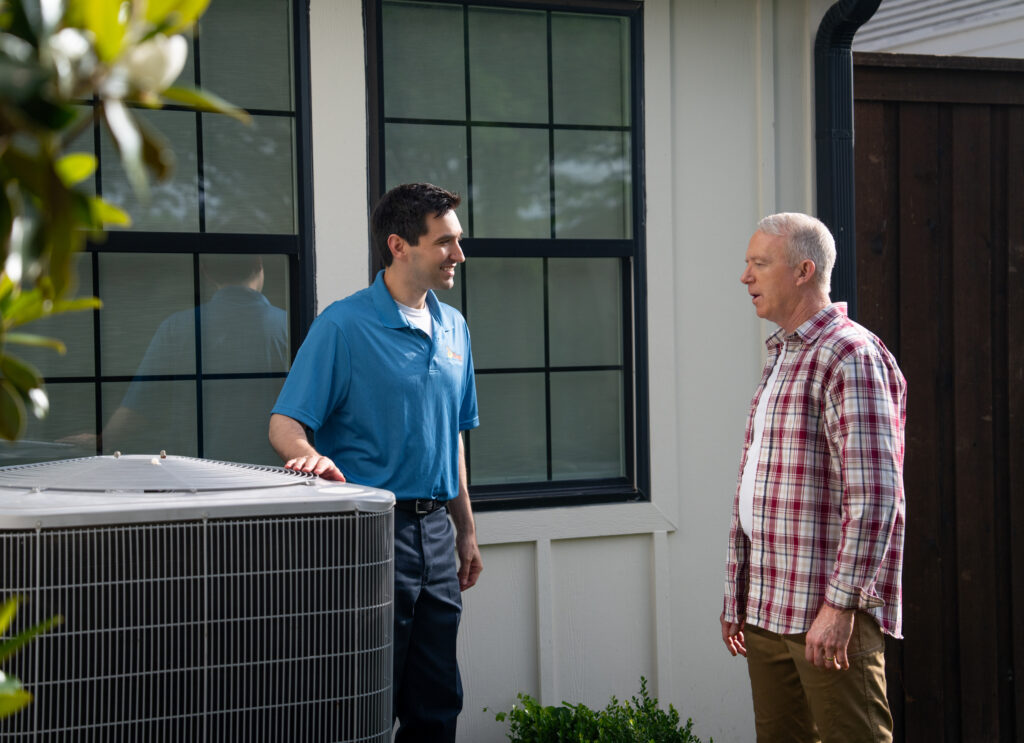

BLOG
Common Space Coast Heating Issues and DIY Repairs
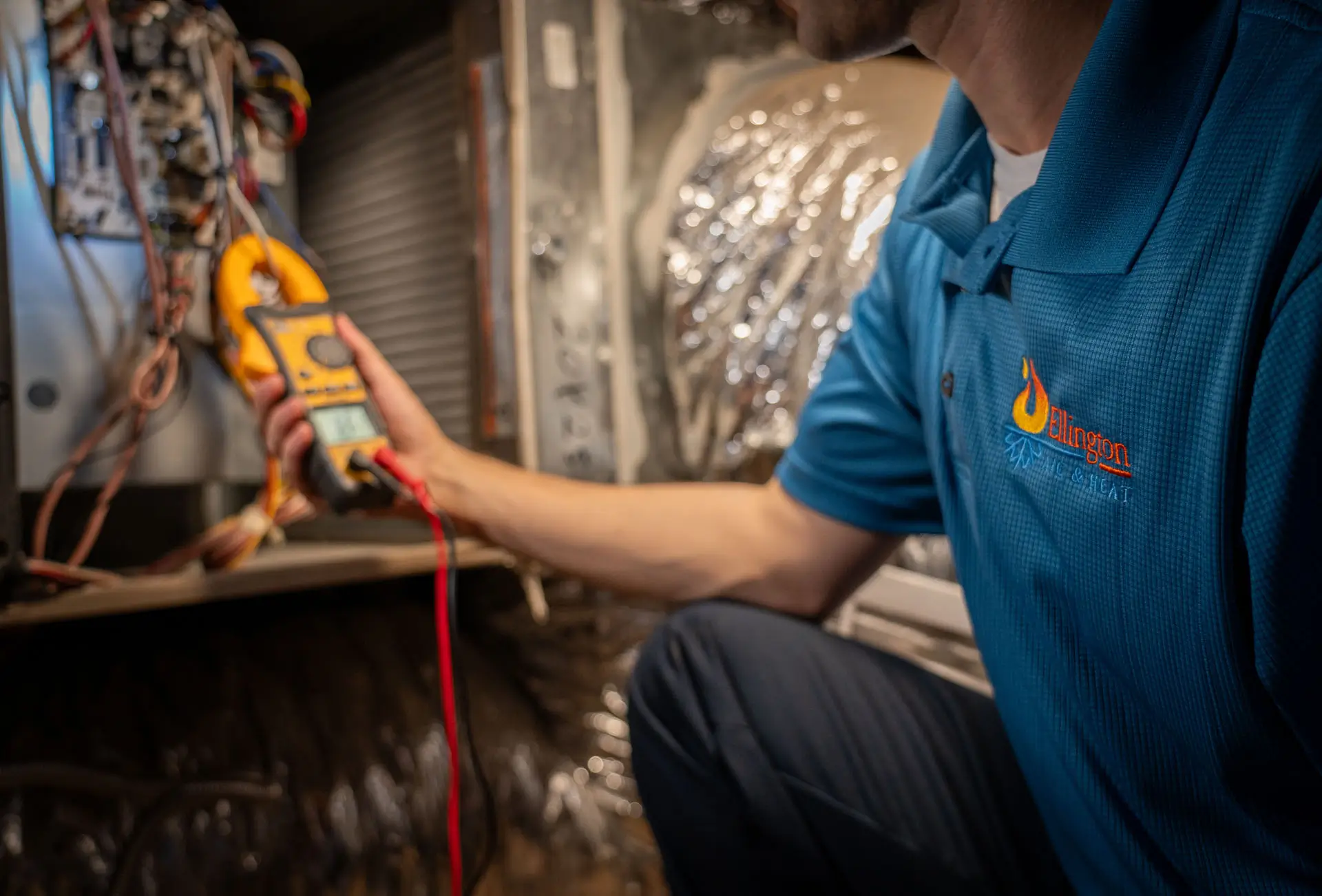
When temperatures drop into the 40s on Florida's Space Coast, a working heating system becomes essential. When this happens, homeowners in Rockledge, Palm Bay, and Brevard County often discover heating problems after months of inactivity.
Understanding common issues, knowing which repairs you can safely tackle, and recognizing when to call Ellington AC & Electric saves both time and money when cool weather arrives.
Furnace Troubleshooting Safety
Working on your furnace involves electricity, hot surfaces, and potentially gas connections, all of which can be dangerous without proper precautions. Even experienced DIYers can get hurt when they rush safety steps or make assumptions about what's safe to touch.
Before opening any access panels, make sure you're protected:
- Shut off all power: Turn off the thermostat and flip the dedicated circuit breaker for your heating system. Furnaces often have separate breakers from your main AC unit.
- Allow cooling time: Heat exchangers and blower motors stay dangerously hot for 15-20 minutes after shutdown, much longer than most people expect.
- Use proper protection: Safety glasses prevent debris from getting in your eyes when you remove dusty panels, while work gloves protect against sharp sheet metal edges.
- Recognize serious hazards: Gas odors mean immediate evacuation and a call to your utility company. Never try to locate leaks yourself.
- Respect your limits: Gas line work, electrical repairs, and control board replacement require professional licensing for good reason.
Gas leaks and electrical faults can escalate quickly from minor issues to life-threatening situations. Taking these precautions seriously prevents most DIY heating accidents and ensures you can troubleshoot safely.
If you are ever unsure, call a professional.
Tools You'll Need for DIY Furnace Repair
Most heating system troubleshooting requires only common tools, but having the right equipment organized and accessible makes diagnosis faster and safer.
If you want to tackle furnace repair yourself, here’s what you’re likely to need:
- Complete screwdriver set: Both flathead and Phillips head drivers in multiple sizes for removing panels and securing connections—magnetic tips prevent dropped screws in cramped furnace compartments
- Adjustable wrench: For tightening ductwork connections and securing loose fittings, though never attempt gas valve adjustments without proper training
- LED flashlight or headlamp: Bright, focused lighting illuminates dark furnace compartments and helps spot problems inside ductwork or around electrical connections
- Shop vacuum with brush attachment: Critical for removing dust from burners, blower assemblies, and electrical components that cause malfunctions when dirty
- Replacement air filters: Keep correct-sized MERV 8-11 filters on hand—higher ratings provide better filtration without restricting airflow in most residential systems
- Digital multimeter: For testing electrical continuity and voltage, but only if you're comfortable with electrical testing procedures
Keeping these tools organized in a dedicated kit saves time during troubleshooting and eliminates the temptation to use inappropriate substitutes that could damage equipment.
Common Heating Issues for Rockledge Homeowners
Florida's mild winters mean many heating systems sit idle for months, only to surprise you when cool nights arrive. Dust buildup, humidity exposure, and infrequent use can lead to problems uncommon in colder climates.
Here's how to spot and address the most frequent issues, with clear diagnostic steps and expert guidance:
No Heat or Furnace Won't Start
Your furnace may refuse to turn on for simple reasons, or signal a deeper problem. First, check basic settings and power:
- Ensure the thermostat is in Heat mode and set at least 5°F above room temperature.
- Verify the thermostat display is active. A blank screen can mean dead batteries or tripped breakers.
- Inspect your electrical panel for a kicked breaker and reset it if needed.
- Look for the furnace's dedicated power switch—often turned off during summer AC work.
- Replace a visibly dirty filter. Many systems won't start with airflow blocked.
If the unit clicks but doesn't ignite after these steps, the issue likely involves the ignition system, gas valve, or control board. These require professional diagnosis to ensure safe, reliable operation.
Weak or Uneven Airflow
Cold spots and low airflow strain your system and comfort. Begin with airflow basics:
- Swap in a fresh, correctly sized MERV 8–11 filter and open every supply and return vent fully.
- Remove furniture, curtains, or rugs that block vents or registers.
- Use a shop vacuum to clear dust and lint from accessible duct openings and the blower compartment.
If airflow remains weak or rooms still heat unevenly, you may have a failing blower motor or duct leaks. Call Ellington AC & Electric for blower inspection and duct sealing.
Strange Noises During Operation
Unusual sounds often herald mechanical wear or loose parts. Listen closely to pinpoint the source:
- Squealing typically means a worn belt; grinding suggests bad bearings in the blower motor.
- Banging or rattling can result from loose access panels, debris in the blower, or heat exchanger expansion.
Secure any loose panels, clear nearby clutter, and retest. Persistent noises warrant a technician's evaluation to prevent more costly damage.
Rapid Cycling On and Off
Short cycling skyrockets energy use and accelerates wear. Eliminate simple causes first:
- Replace your air filter and fully open all vents to avoid airflow restrictions.
- Move the thermostat away from heat sources like lamps or direct sunlight.
- Check thermostat calibration against a separate thermometer.
If rapid cycling continues, oversized equipment, faulty limit switches, or flame-sensor issues may be to blame. Professional service will restore proper cycle times and efficiency.
Constant Running Without Warmth
A furnace that runs nonstop yet fails to heat indicates system strain or heat loss:
- Inspect windows and doors for drafts—seal gaps with weatherstripping.
- Confirm filter and vent cleanliness—restricted airflow forces longer runtimes.
- If your home remains cold despite adequate airflow, the heat exchanger could be failing or the system undersized.
These conditions require expert assessment to prevent premature component failure and energy waste.
Persistent Odors
Smells can warn of dust, mold, or electrical problems. Know what each odor means:
- A musty smell on startup often signals mold in ducts—surface vacuuming isn't enough.
- A burning dust odor typically clears after a few minutes as dust burns off heat exchangers.
- A hot electrical smell demands immediate shutdown and professional inspection to prevent fire hazards.
Recognizing these odors early and acting appropriately—whether arranging duct cleaning or calling Ellington—keeps your home safe and comfortable.
Palm Bay-Melbourne-Titusville Trusts Ellington AC & Electric for Heating Repairs
Some heating problems are beyond DIY fixes. When you're dealing with gas lines, electrical issues, or components that keep failing, it's time to call in the pros.
Ellington AC & Electric understands the quirks of Florida equipment: systems that sit unused for months, humidity that causes unexpected problems, and the unique challenges of heating homes built for year-round cooling.
What sets Ellington apart:
- Honest diagnostics using advanced testing equipment to pinpoint the real problem
- Clear explanations of what's wrong and what your repair options actually cost
- No high-pressure sales tactics or unnecessary upselling
- Emergency service when your heat goes out on the coldest night of the year
Whether your furnace needs a simple repair, routine maintenance, or complete replacement, Ellington provides straight answers and reliable solutions. They'll help you understand what makes sense for your home and budget, no surprises, no runaround.
Ready to get your heat back? Contact Ellington AC & Electric for expert service you can trust.
